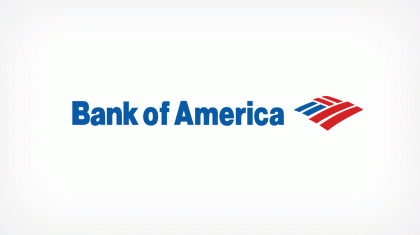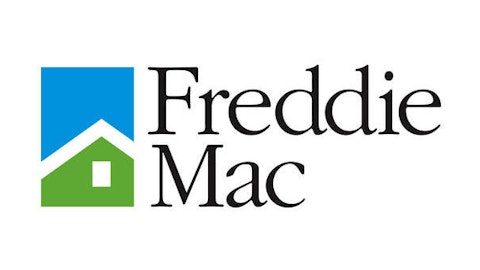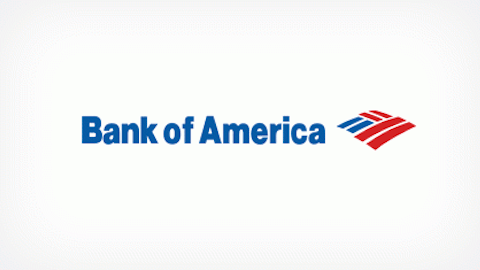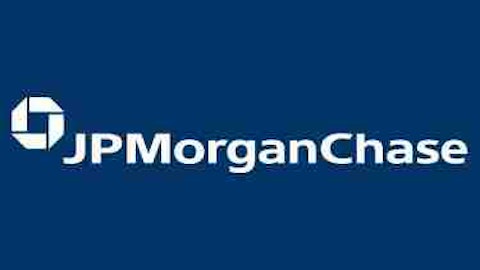The housing recovery is gaining momentum. Home prices are heading higher. Builders are ramping up construction. And existing homeowners are selling their homes at a faster clip.
But behind this veneer, lies a stark reality. For many Americans, the housing crisis is not over. By buying homes at the wrong time or saddling them with second and third liens, millions of people are effectively trapped in underwater houses, limiting their freedom of movement as well as their penchant for consumerism — two of the primary reasons the broader economy is stuck in its current malaise.
How big is this problem? According to CoreLogic, it’s much bigger than most people appreciate. In its quarterly Equity Report, the data analytics firm offered a broad overview of the state of the underwater mortgage market. What follows, in turn, are five of the more telling facts I learned from the report.
1. Nearly 1 in 5 mortgages are still underwater
That’s right. CoreLogic estimates that 19.8% of all residential properties with a mortgage are still in negative equity, meaning that the owner owes more on the home than it’s worth. In aggregate, that amounts to $580 billion in negative equity.
The problems that stem from this are twofold. In the first case, as I noted above, it traps people in their homes, dissuading them from, say, moving to a place with better employment opportunities. And in the second case, it limits their options in terms of refinancing. While the government has extended HARP, a program that’s purported to assist in this regard, there have been numerous complaints leveled against the largest mortgage servicers — including Bank of America Corp (NYSE:BAC) and Wells Fargo & Co (NYSE:WFC), among others — for exploiting the program to the detriment of homeowners.
Credit: Bank of America Corp (NYSE:BAC)
2. An additional 1 in 5 mortgages are “under-equitied”
In addition to tracking how many mortgages are underwater, CoreLogic also tracks how many are under-equitied, meaning that the equity in a house is less than 20% of the mortgage principal. By its count, an additional 11.2 million properties fall into this category. The implication is that, as the report puts it, “underwriting constraints may make it more difficult for under-equitied borrowers to obtain new home financing.”
3. Rich people are better off than poor people
The increase in income disparity will be one of the lasting consequences of the past 10 years. When it comes to housing, this is reflected in the report’s finding that equity is concentrated at the higher end of the market. While 88% of homes valued at less than $200,000 are saddled with underwater mortgages, only 73% of those valued at more than $200,000 are similarly situated.
The popular regional bank U.S. Bancorp (NYSE:USB) provided its own take on this in its most recent quarterly filing. According to its statistics, the majority, or 76.5%, of the bank’s prime borrowers have more than 20% equity in their homes while a minority, or 33.9%, of subprime borrowers have the same.
4. But things are getting better
The good news is that things are getting better. In the fourth quarter of 2011, there were 12.1 million underwater mortgages. This figure has come down consistently and, as I noted above, was at 9.7 million at the end of the first quarter of this year. In percentage terms, negative-equity loans have gone from 25.2% of all mortgages down to 19.8% over this same time period.

You can also see this improvement in figures provided by lending giant JPMorgan Chase & Co. (NYSE:JPM). Between the fourth quarter of last year and the first quarter of this year, the average loan-to-value ratio of its mortgage portfolio went from 81% down to 79%, meaning that its customers cumulatively recouped 2% of equity on their homes.
The improvement on this front has freed up millions of borrowers both mentally and financially. As CoreLogic’s chief economist observed, “During the past year, 1.7 million borrowers have regained positive equity.”
5. And things are positioned to continue getting better going forward
Even though we won’t have second-quarter data for another month, it seems safe to assume that the improvements on this front will continue, at least for the foreseeable future. I say this because CoreLogic estimated that a 5% increase in home values from where they were at the end of March would return 1.6 million homes to the realm of positive equity. Meanwhile, recent data shows that they did indeed head higher last month by anywhere between 0.7% and 2.52%, depending on the source.
The Foolish bottom line
The significance of the housing sector and its continued improvement cannot be overstated. But in order for it to truly mend, the number of underwater homeowners must abate. My colleague Morgan Housel has said more than once that there are only a handful of economic variables that truly matter at any one time, and the rest are just noise. Right now, the population of underwater homeowners should be included among the former.
The article 5 Facts about Underwater Homeowners originally appeared on Fool.com and is written by John Maxfield.
John Maxfield owns shares of Bank of America Corp (NYSE:BAC). The Motley Fool recommends Bank of America and Wells Fargo & Co (NYSE:WFC). The Motley Fool owns shares of Bank of America, JPMorgan Chase & Co. (NYSE:JPM), and Wells Fargo.
Copyright © 1995 – 2013 The Motley Fool, LLC. All rights reserved. The Motley Fool has a disclosure policy.






